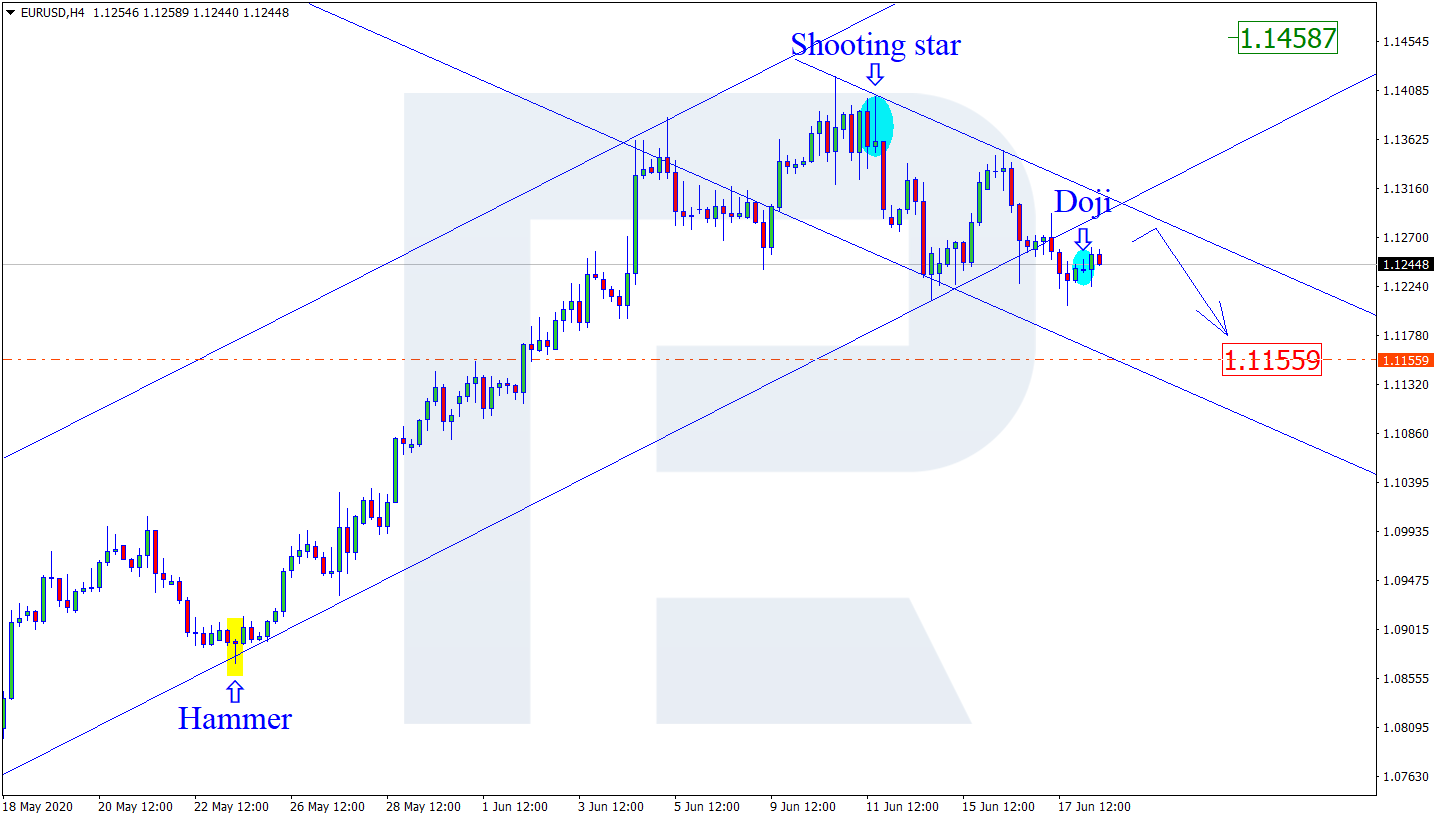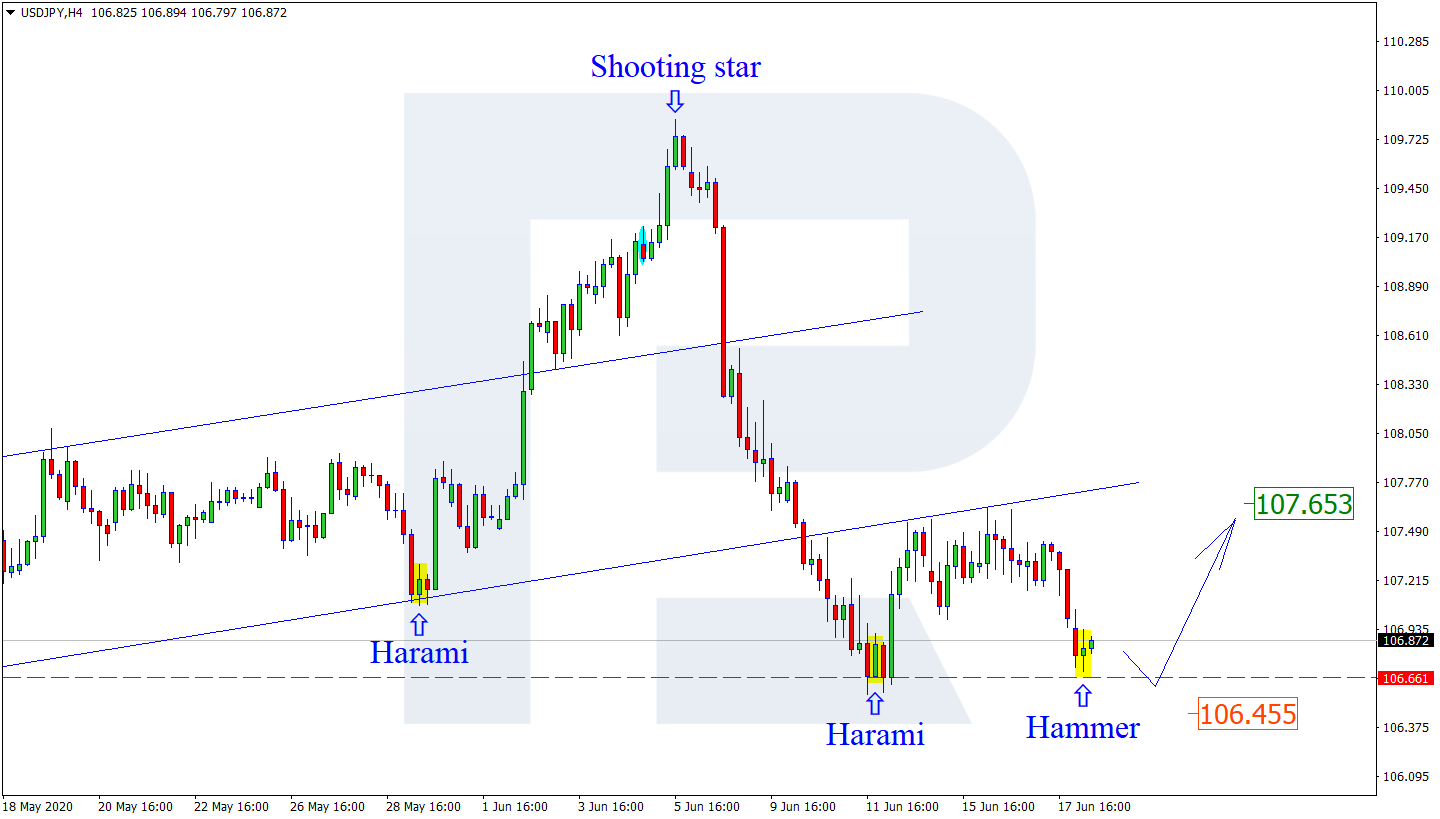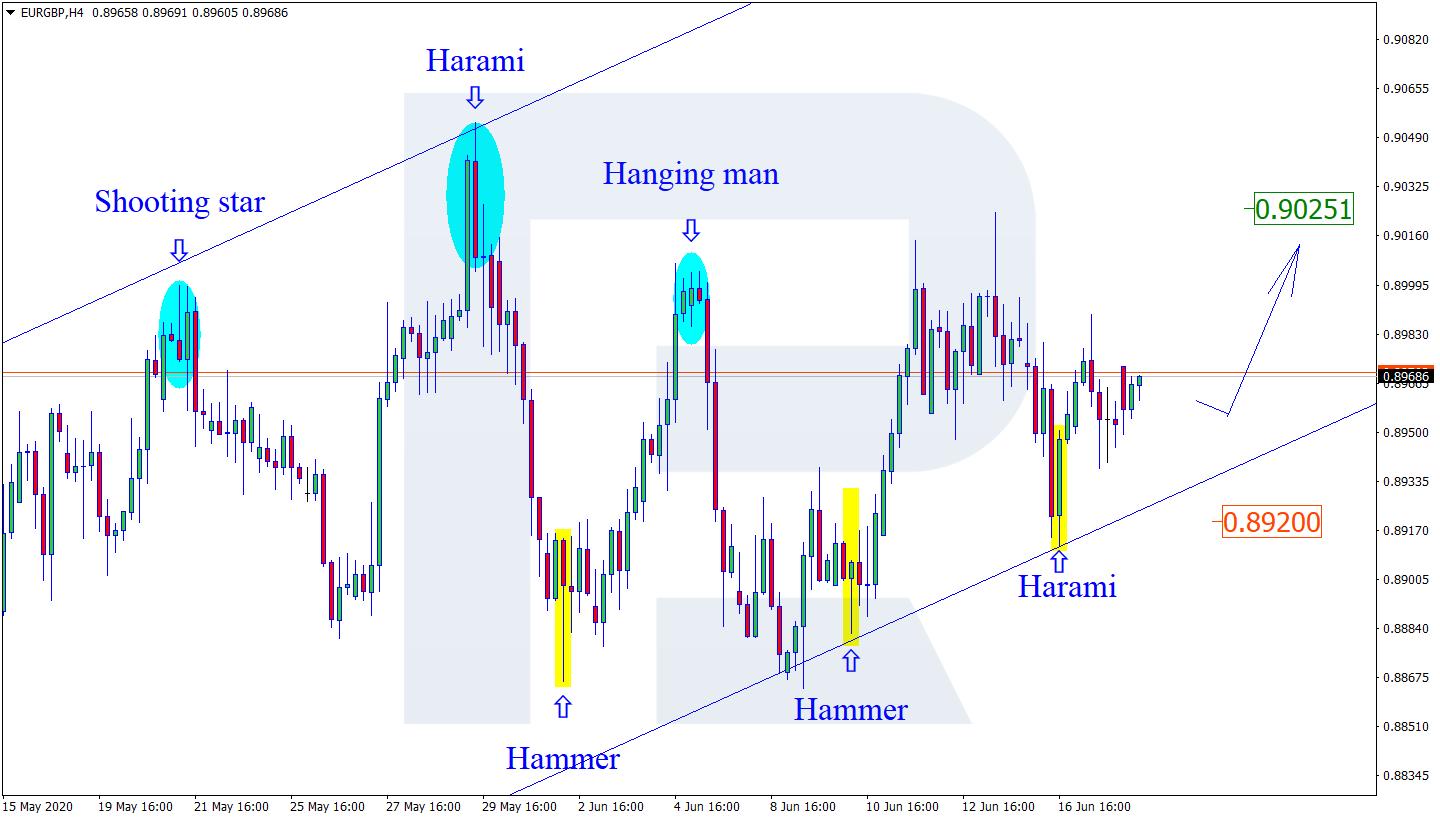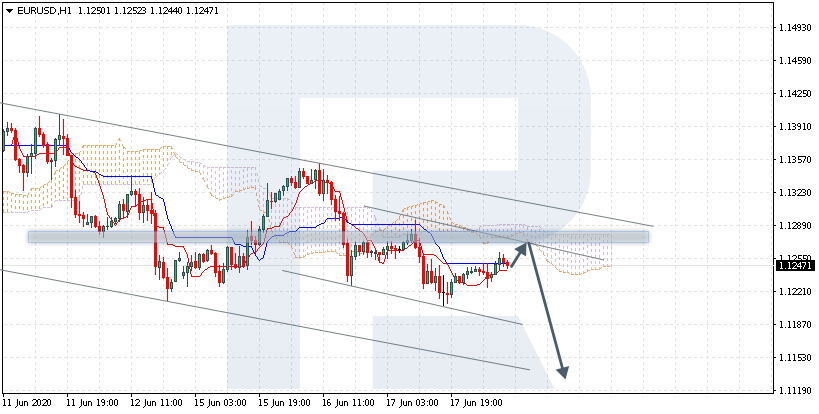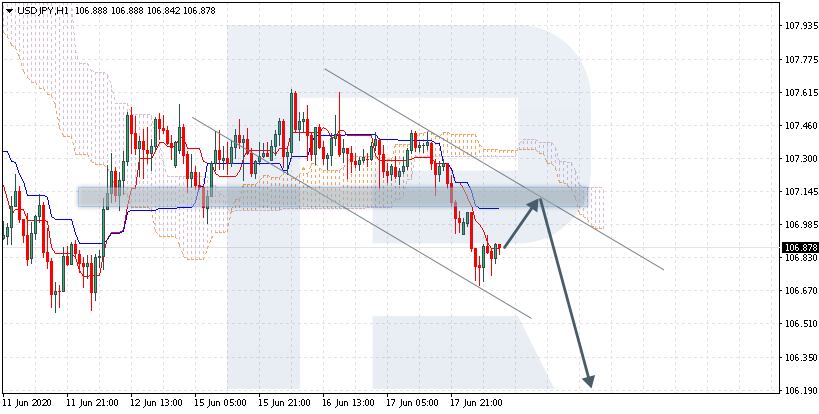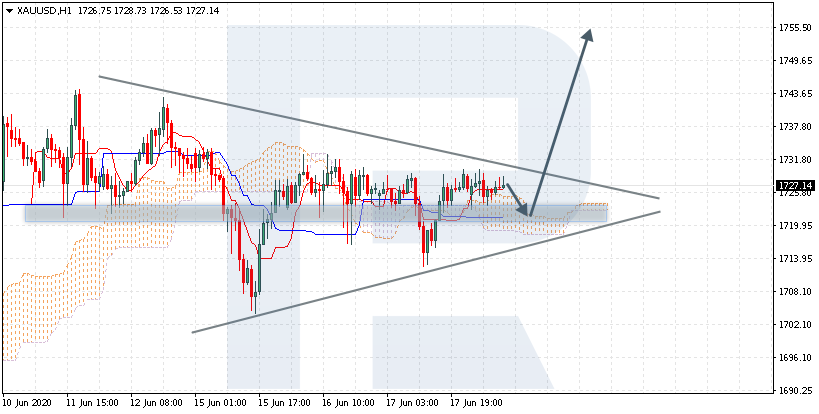By The Gold Report
Source: Maurice Jackson for Streetwise Reports 06/16/2020
David Smith of The Morgan Report tells Maurice Jackson of Proven and Probable what he thinks about the current financial state of America, ways investors can protect themselves from the vagaries of modern timesincluding reading “Common Sense 2.0″and mentions a few resource companies he finds worthwhile.
Maurice Jackson: Today, we’re going to discuss a very, very important topic and that is debt slavery. We’re also going to discuss common sense, and more importantly, what actions you need to take to protect your family. Joining us for a conversation is David Smith from my favorite newsletter, The Morgan Report. Mr. Smith, welcome to the show, sir.
David Smith: It’s great to be here, Maurice.
Maurice Jackson: What a delight to finally have you on the program, sir. All right, David, let’s begin today’s conversation with the financial state of America. What are your biggest concerns and why?
David Smith: Well, I have a bit of a laundry list but I think they’re all pretty important. I’d say the current state of our nation due to government overreach; financialization of the economy, which I read the other day was about 41% of gross domestic product, which involves shifting paper back and forth; debt creation; the militarization of the police; excessive foreign adventures; and the great imbalance of wealth between Main Street and Wall Street. It’s quite a list, unfortunately.
Maurice Jackson: It certainly is. And all respectively are important and germane for today’s conversation. How did America get to this point?
David Smith: We’ve been in the process of this for several decades, and it’s the reason that today most people have little trust in our core institutions, and that trust is not misplaced. The Constitution set up the government to serve and be accountable to we the people. Instead, it’s been turned into us serving them.
Maurice Jackson: If American is in so much debt, where are we getting the resources to pay for stimulus programs?
David Smith: Literally out of thin air. The government prints more and more money, either digitally or in print form, and the limit is unlimited, as people can see what’s going on here in the last few months. There doesn’t seem to be any limit to it, which costs the government almost nothing to do by the way.
Maurice Jackson: But the cost is a long-term cost, and we’re going to get into that here in a little bit further. Let me ask you this here, and this is a sensitive subject, but are American citizens becoming debt slaves?
David Smith: They are. I read something the other day that almost half of the people in the country, if they had a $400 or $500 expense come up that they hadn’t planned on, they couldn’t meet it. That is sad in what’s supposed to be the wealthiest nation on earth.
Maurice Jackson: You shared with me a couple of weeks ago that I should read a logical and practical book that addresses the aforementioned. What book am I referring to, sir?
David Smith: It’s a thin book available on Amazon called “Common Sense 2.0,” written by an individual using the pen name of Thomas Paine. The original Thomas Paine, as your readers may recall, authored a pamphlet in the same name at the start of the American Revolution. It inspired the patriots, in 1776, to declare independence from Great Britain, paving the way for the Declaration of Independence, and it’s still in print almost 250 years later.
If you substitute the words U.S. government for British, it sounds a lot like what we’re dealing with today. “Common Sense 2.0,” written by someone using the pen name Thomas Paine, is not a call to arms and it’s not written to start a revolution, except in the reader’s thinking and willingness to take nonviolent action in order to hold our government accountable for its behavior.
Maurice Jackson: Yeah, it’s so important to understand because when you read the book, it begins at the individual level. And so often what we hear today is it’s at the top and it begins here with the individual. We first must be empowered to understand what is taking place in the book addresses it. And again, the title of the book is “Common Sense 2.0,” and it’s a nonpartisan view, is that correct?
David Smith: That is correct.
Maurice Jackson: And it ties the relationship between several industries and parties, I should say, that have created the situation that we’re in, but you do not hear about it if you listen to the mainstream financial news networks. Can you expand on just some of the culprits that I’m referencing here?
David Smith: Well, one of the key things that the author mentionsI’ve always been fascinated with this little story, and it’s probably the most quoted presidential farewell address in American history. It was put out by Dwight D. Eisenhower in 1961, when he was leaving the presidency. Part of what he wrote was, “In the councils of government, we must guard against the acquisition of unwarranted influence whether sought or unsought by the military-industrial complex. We must never let the weight of this combination endanger our liberties or democratic processes.”
Now, Maurice, few people realize it, but Eisenhower, in an early draft with his brother, Milton, originally phrased it as the military-industrial-congressional complex. But he dropped the term congressional when he put it into the final form because, he said, “It’s more than enough to take on the military and private industry, I couldn’t take on Congress as well.” And he warned against the merchants of death dictating national policy lest it turned the U.S. into a garrison state, destroying from within what you’re trying to defend from without.
Eight years earlier, in 1953, when Stalin died, Eisenhower said, “We pay for a single fighter with a half-million bushels of wheat. We pay for a single destroyer with new homes that could have housed more than 8,000 people. This is not a way of life at all in any true sense. Under the cloud of threatening more, it is humanity hanging from a cross of iron.” And as it turned out he was correct in how Congress, as a member of this unholy triumvirate, would become nothing more than a subservient handmaiden with all three groups extorting wealth from the rest of us.
Maurice Jackson: About the military-industrial complex, one of the things that always concerns me is when I hear politicians discuss the defense budget. Because in my view. . .I don’t know how you feel about it. . .but we’re not doing defense, we’re doing offense.
David Smith: It is. I’ve read that the 9/11 attacks cost less than a million dollars to execute. And we have spent, by certain figures that I’ve seen lately, about $5 trillion in the Middle East and at Homeland to counteract what we didn’t figure out right the first time, and that to me is horrific.
And the expenses don’t just stop today, they go on for decades for the people that come back that have health issues, that have missing limbs, that need to be taken care of for the rest of their lives. It just goes on and on, and it was so unnecessary. It’s one thing to go there, to Afghanistan, for a month and break a few things and leave, but to stay there for 19 years, when we knew all along our policies were not workingthat alone and in Syria and then Iraqis just immorality of the baseless kind.
The Lockheed Martin F-35 has at least one contractor in the districts of over 470 congressmen. This was a quote from “Common Sense.” And so no matter how unable that plane is to ever carry out the mission, which so far it seems to be unable to do, it’s going to go on and on and on, and that’s emblematic of the problem that we have. When something doesn’t work, because so many people depend upon it for their congressional vote, they just keep voting funds not to mention whether or not it could ever work. Very sad.
I don’t know how you feel about this, but I feel pain in what we’re seeing here, and what we’re talking about, because it seems to me to be so unnecessary. Yet that built up over a long time, and people didn’t think it was that big a deal, and it became a big deal and we didn’t do anything.
That’s one thing we didn’t mentionthat in 2008 we really could have turned things around if we had let nature take its course, but they bailed out the financial houses, not only in the U.S. but overseas, and everybody that created the moral hazard got bailed out except for Main Street. And now this is just 2008 on steroids and I feel so sad for the hundreds of thousands of businesses across the land who are not going to be able to get back to anything normal. Many of them are going to go out of business while the people that created this issue are wealthier than they ever were. By an order of magnitude, it just isn’t right.
Maurice Jackson: You and I had a discussion before this interview and we should have recorded it. But we were talking about Congress and their ability to have a privilege that you and I don’t have. And we were discussing insider trading and that’s just a small example. But can you just share that conversation we were having about the extension that. . .or liberties that they have that we don’t have. The constitution states that we’re all created equal, but if you and I were to do some of the actions that members in Congress do, we’d go to prison. Yet they have the ability to profit.
Now, I always find it interestingif you did a research study on everyone that’s in Congress, there’s a commonality that they have irrespective of their party, it’s that they’re usually millionaires, yet the salary that they receive is nowhere near that. The question should become, where does that discretionary income come from? And no one seems to care.
David Smith: Well, it comes from several sources. Part of this peddling influence, where something is going on in our culture today with most of the major businesses, is called regulatory capture. You have an organization of government that’s supposed to regulate, like the FDA (U.S. Food & Drug Administration) or some other agencies, EPA (Environmental Protection Agency). And often they are doing the bidding of the people they’re supposed to regulate. And they do this not just out of the [kindness] of their heart, because very often they’ll go to work for them after they get out of Congress, and they get a fat check for the work that they’ve done while they were in Congress rather than serving we the people.
Another thing they doand this was this year; it’s not something that happened years agoas we moved into this massive crisis with the COVID-19 virus, and the economy fell off a cliff, some of the members of Congressat least three or four that were made publichave sold or bought companies that they knew would be influenced by government policy announcements that were going to be made in the near future. They were on committees or they had access to inside information, and they literally made millions of dollars in their accounts by doing something that you and I would go to jail for if we made a couple of hundred dollars.
They’re acting on inside information. They were able to do this without apology, which goes well beyond what anyone else could or should be able to do. Also, oftentimes when Congress writes a law, such as the Obamacare Act, they write themselves out of it so that they are not beholden to the dictates of that Act, but the rest of us, whether we like it or not, had to participate. And that’s the sort of thing that rubs people the wrong way, and it should.
Maurice Jackson: It should, and that’s a discussion we had as well. And unfortunately, it seems to fall on deaf ears.
If we look at the situation we have currently, as of this recording we have protests because of events surrounding Mr. Floyd, as well as COVID-19, but there are no protests for the dialogue that we’re having right now. And the dialogue is paramount for everyone to understand the long-term consequences of debt slavery. That is a powerful word, that is a title that is placed on every one of us, and we seem to be just sitting dormant with impunity. Americans are simply allowing these things to happen. And if you don’t have the discussion about itand even better than that, you have to have an understanding about itand that’s where “Common Sense 2.0” should be your companion.
David Smith: Yes. And it’s a pseudonym for someone that’s a concerned citizen, someone who is very well informed, and [someone] who [not only] states all the problems he or she does know very effectively, but also solutions, some of which I feel are very, very profound and workable.
And like we’re mentioning, the term debt slave is exactly the metaphor and the terminology that should be used. Because when you are so far in debt that you have no resources to afford something coming up that might cost a few hundred dollars you hadn’t planned on, that could throw you into a financial panic. Something is wrong. We know this is not a country where the average wage per day is $30 a month. I mean, this is just stunning that we have allowed ourselves to get into this.
And part of it. . .it’s not so much that people have spent themselves into debtthey’ve done some of that themselvesbut they’ve allowed the government, the people that were elected to represent them, do things and formulate policies that manifestly do not work, and take us deeper and deeper down that road towards financial slavery. And the consequences of this are a loss of freedom, loss of opportunity, loss of the ability to control our destiny and shape our future and that of our families, and ultimately the loss of self-respect. And all of those elements are directly in play today, because of what’s going on by our government over the last few decades.
Maurice Jackson: If one studies monetary history, you can tie where the money turns into currency, and then there is a degradation of the morals in that society, and then the empires crumble. That’s repeated throughout history and unfortunately, on our watch, we’re seeing that happen right here right now.
I just shake my head because I’m a proud father, and I want the very best for my family, and I believe I’m positioning myself and my family for the very best. But my concern is for the person listening that doesn’t expose himself to this information. They’re exposed to whatever the media is showing, whatever ESPN is showing or a television network is showing. They’re not focused on what they should be focused on. I appreciate you coming on today to shed some light on this for us.
Speaking of common sense, how does owning physical precious metals fit into this discussion?
David Smith: One of the things about precious metals, and people don’t often think about this, is that, especially gold and silver, they’re money. They’ve been money for thousands of years. Fiat moneyfiat currency, we should call itis paper money that is printed, and we believe it has value as long as we have confidence in it.
But every time in history, and David Morgan has shown this conclusively and others have as wellevery currency that was ever printed, every paper money, from the time that Chinese first got the idea right on through to todaythe purchasing power of that fiat currency has always gone to zero. And our own money in our pocket, which we think still has a lot of value, if you look at 1913 when the Federal Reserve Act was put into play, the purchasing power now compared to then is about $0.02, probably less.
And even since the 1960s, which many of us can remember, that $20 bill that you had in your pocket in 1960, it would buy $100 worth of product today. That $20 bill has lost 80% of its purchasing power just since 1960. It’s sad, and not too many people understand this.
And the problem is, inflation is a policy of the government. They come out and say, “We want to inflate the currency by 2% or 3% a year.” They’re telling you in plain terms, which most people don’t understand because they don’t know what inflation is and what it does. “We want to devalue the money in your pocket by $0.03 or $0.04 every year.” And it is a lot worse than that, that’s just the state at the moment.
Maurice Jackson: It’s very pernicious, because then you factor in taxes. It goes way beyond the small fractional number that you’d believe it is because, again, you have to consider compounding interest as well.
David Smith: And that’s what’s so pernicious, what you said about taxes. Let’s say you make a certain profit on a stock that you have, well, part of that profit is inflated. And so you didn’t make anything on that portion of it, but you are taxed on the whole thing. Part of the tax is on a phantom profit. So it’s adding insult to injury, exactly what you were implying.
Maurice Jackson: With regards to physical precious metals, when someone is new to the conversation, the question is always asked, how much should I have? And we’re not here to provide financial advice, but in your opinion, how much allocation should someone consider to their portfolio with regards to precious metals?
David Smith: Well, this is, as you mentioned, entirely dependent on the individualtheir goals, their time frame and outlook, their financial resources, and their willingness to learn about the issues that are going on. But the figure that is often bandied about is around 5% or 10%, although in my view that number given where we are in the cycle, should higher.
But I think a person can place 10% of their liquid assets into gold and silver, buying it at hopefully a decent price without a huge premium, although premiums have been high lately, and putting away safely and using it as an insurance policy that can help against the degradation of their other assets due to inflation and to crises in the markets, some of which we’re seeing as we talk.
Maurice Jackson: May I ask you this? Which precious metal are you buying right now and why?
David Smith: Well, gold and physical silver I think are the two most important metals to have access to, and it’s really powerful if you have them in hand, so to speakin other words, rather than buying an allocated portion in a bank, where your name is on a piece of paper but you could never go get it, and it’s mixed in with everybody else, a commingled account, or buying an ETF (exchange-traded fund) that claims to have it.
If you have some that you can put away and you don’t tell people about ityou put it in the bank box, you put it in a hole in the ground, you maybe have a little bit at home and in a place that only you know where it is, this type of thingthat’s the way to go about it.
[Gold and silver] are the two most reliable, because they’ve always been money. Some people like palladium and platinum, but gold and silver have always been considered money, going back 5,000 years. And so those are the two, really, that make the most sense in my view.
Maurice Jackson: Moving on to resource stocks, give us your outlook, I should say, on precious metals, and then also, if you would, the base metals.
David Smith: Well, the base metals are a little more problematic because they’re affected in price by the vagaries of the economy, this type of a thing. I think there’s a bit of a disconnect going forward. Unless we get into a hyperinflationary situation or a very strong global economy, which I don’t see happening anytime soon, base metals are going to lag in terms of appreciation. It’s not to say that there won’t be companies that do well that make a big discovery.
I think copper probably is one that, because it’s already in a bit of a deficit, will be relatively strong regardless of how strong the economy is over the intermediate term and the longer term. And, also, more and more copper is being used in electronic devices and cars and whatnot.
But gold and silver are in a class by themselves, because they’re driven not just by the supply-demand considerations, they’re influenced a lot by investment demand, but also because of the grade and the numbers of discoveries and the amount of time it takes to develop a mine have gotten longer and longer and the grades lower and lower. And so there’s this gap between what’s being taken out of the ground and what is available in relation to demand. And those, I believe, are going to drive gold and silver much higher in relation to base metals on a percentage basis going forward, over the next three to five years, at least.
Maurice Jackson: Mr. Smith, I’m going to ask you a question that I get asked several times: Should I buy the mining stocks first or should I get the precious metals? In other words, should I get a gold company or should I get gold?
David Smith: Let me phrase that the way David Morgan always does, and I’m totally on the same page with him on this. He always counsels his subscribers to buy the metal first. Get yourself some metal and put it away in a secure place, and then if you have extra money, and if you’re willing to accept the extra risks, which by definition go along with mining stocks, then do some involvement in that. And when you look at the mining stocks focus on the seniors, because they have less risk, or on well-run royalty companies. Have maybe a few juniorsthe juniors will probably appreciate on a percentage basis much more powerfully over the next few years than will the seniors.
If you’re looking at the company that’s selling for $60/share today, the odds of going to $240 are possible, but not so much as likely as a mining stock that is producing today that maybe costs $2it could go to $10 very easily. And so that percentage thing is there, you’re accepting a little bit more risk. Then maybe look at one or two exploration plays that you’ve researched carefully, and you’re comfortable with management. When you come to the risk and buy the deposit and this sort of thing, and layer that out, that’s your lottery ticket.
Maurice Jackson: Those are very responsible words by the way, because I always hear someone say this, “That’s new. I’m going to first go into the mining stocks, get this high return, and then after that happens I’m going to get the physical precious metals.” And my words to them are just as you shared.
I interview and have an opportunity, a relationship, with some of the most seriously successful people. And they’ve studied serially successful people in their own right and they implement the opposite philosophy. But someone new, for some reason, wants to take that quick approach. And so I appreciate the responsible words there. Are there any companies that have your attention right now and why?
David Smith: I’d just like to make one little comment on what you just said. That person is always operating under poor advice to try the mining companies first. If we were having this conversation 20 years ago it would be that way. But where we are now, with the financial crisis that we have going on and the demand by central banks and individuals for gold, if they were to do what he was suggesting, he might do very well on the mining stocks over the next year or two, but find himself unable to buy gold and silver at anything like the prices that exist currently. That’s a double reason why not to turn that idea on its head, in addition to what you just stated.
Maurice Jackson: Well, I’ll take you one step further. If we go back to March, I received a huge influx, of course, from several individuals that want to purchase physical precious metals, and their biggest complaint was the premiums. When you have a market condition that will support mining companies at a high level, as you just referred to, yes, I can only imagine now what the premiums will be for the physical precious metal. Because remember, [with] the mining companies, you’re not owning the metalit’s more as a derivative of the metal in some regards. Again, very responsible words.
I’m sorry, were there any companies that have your attention at the moment that you’d like to share with us?
David Smith: I could give you a few and what I’d like to do, Maurice, is just to preface my answer by saying that the stocks that I mention, in the spirit of looking over my shoulder, they appeal to me; I hold most of them. I fully understand their stories and I’m willing to accept the risks, and there are always risks that owning companies in this sector involve. They tend to appreciate more rapidly than the metal, although they have not done so in recent years. I think that’s changing. But that’s because they involve greater risks. Readers need to perform their due diligence and see if any of them fit their financial situation, their risk profile, their goals and their time frame.
Having said that, these are some that I like and hold. I very much like and hold shares in Alexco Resource Corp. (AXU:NYSE.MKT; AXR:TSX); it’s up in the Yukon, Keno Hill. First Majestic Silver Corp. (FR:TSX; AG:NYSE; FMV:FSE) in Mexico. Endeavour Silver Corp. (EDR:TSX; EXK:NYSE; EJD:FSE), also in Mexico, which I regard as a turnaround to reaching earlier high-performance status play. Novo Resources Corp. (NVO:TSX.V; NSRPF:OTCQX) in Australia, Irving Resources Inc. (IRV:CSE; IRVRF:OTCBB) in Japan, and Great Bear Resources Ltd. (GBR:TSX.V; GTBDF:OTCQX) in the Red Lake area of Ontario. And I also very much like a new one that we have researched called Omineca Mining and Metals Ltd. (OMM:TSX.V; OMMSF:OTCMKTS), which is likely to be soon producing in Canada’s Caribou District.
And as a final mention, this [is] one I’m just starting to look into but it is intriguing and I want to look further. This one is called Metallic Minerals Corp. (MMG:TSX.V; MMNGF:OTCMKTS), and it’s up in Yukon’s Keno Hill, and not too far from Alexco. I haven’t taken a position yet, but I like their business plan and I like the fact that they’re in an area that hosts extremely high-grade silver deposits, and especially the fact that they put out for acquisition by others a couple of royalty properties. And, as you know, exploration companies don’t generally have revenue until they develop something or sell it. If Metallic can get one or two streams going, that would provide income to help offset their burn rate during the exploration, so I’ll be looking more deeply into that one.
Maurice Jackson: Well, thank you for sharing that with us, sir. In closing, what keeps you up at night that we don’t know about?
David Smith: I’ll tell you, the horrifying and sickening video of the cop pressing his leg against George Floyd’s neck, leading into his death, is a stark metaphor of what we’re facing today for most Americans, regardless of skin color, age or social status. If we allow the government systemic oppression to continue pressing against our necks, then how much better than George Floyd is our collective fate going to be?
Over the next few years, the people listening to your shows and reading your work will have the potential to make very large profits from the metals and miners as the precious bull run goes higher. But if we don’t get down to business and adopt some of the solutions that Thomas Paine lays out so clearly and forcefully in “Common Sense 2.0,” being correct about the markets isn’t going to make up for the other things that won’t be going right in their lives.
My advice is to get this book and read it several times. It’s only 100 pages long. Think deeply about what it has to say and then ask yourself, “How can I play a part in the positive solutions ‘Common Sense 2.0’ lays out?” There’s a saying down in Texas about people who are not what they pretend to be. It goes, “He’s all hat and no cattle.” Well, in my considered opinion, this Thomas Paine writer, whoever he or she is, with this little “Common Sense 2.0” book, proves that he’s all cattle.
Maurice Jackson: I couldn’t have said it better. Yeah, just to share with someone the labor intent to put into this, it’s not much time. I would feel comfortable giving this to an eighth-grader and their horizons will expand beyond their peers, because then they can look at other information that they’re exposed to regularly, and be able to question it properly, think it through, and realize the bovine feces that they’re being presented, because they’re not presented with the right information. And again, you’ve referenced the book several times here, “Common Sense 2.0”.
Last question, sir. What did I forget to ask?
David Smith: I don’t want to leave this point you just made, Maurice. . .[What] I learned, after as many years in a public school system and then later online instructing at the university level and high school level, is that a person who knows what they’re talking about should be able to explain their value proposition and their argument in ways that will be understandable to someone of any age. So that eighth-grader, or even someone in the third grade, should be able to understand an argument that is being made as well as someone in an Ivy League university, [to understand] the type of things that Thomas Paine here is talking about. And I believe that author has successfully done that and shows a great grasp of the issues and the ability to communicate that information to people of all different age levels.
And the answer to your question, “What did I forget to ask?” Let me say this. You might ask me if I’m an optimist, which I am. Despite all that seems to be going wrong in the world today, I believe that if enough people in our country come to understand the real reasons behind our disease, which implies a lack of being at ease and deciding to do something about it, then we can turn things around and create a future for our children. . .that they could grow and flourish in.
And for my money, this little book that we’ve been talking about is a Rosetta Stone for getting the job done in a way that we can all look back on and be proudthat we were willing to step up to the play and to tackle.
Winston Churchill famously said: “Americans always do the right thing after they’ve tried everything else.” This time let’s prove Winston Churchill wrong and stop doing things that don’t work right now. Thomas Paine has the solutions you need to accomplish it. And one of the things he mentioned is using a gold and silver-based coin, which would have the same denomination in any country in the world and have a certain number of grams of gold and silver in it. And that idea alone is worth the price of the book, and blew me away when I read it. So he saved the best for last and that’s in there, well stated.
Maurice Jackson: Yes, and it’s ingenious. All right, well, sir, how can someone find out more about your work?
David Smith: Well, I work with David Morgan of The Morgan Reportthemorganreport.com. I’ve been working with him for almost two decades now. The Morgan Report is not the largest subscriber-based [report] in the field, but it’s read by investors of all experience levels, as well as large trading funds. Most of our subscribers have been with us for years. Each month we deliver information and perspectives designed to enable our readers to add to their knowledge base and make good decisions.
The TMR Asset Allocation tables help subscribers put together a risk-based portfolio that works for them, as this historic gold, silver, and mining share bull run gathers strength. David has profiled more exploration plays that went on to become producing mines than any other letter we know of. His monthly editorials are worth the subscription price alone, and he has a free letter. And for any of this, just go to The Morgan Report.
Maurice Jackson: Hands down, as I shared earlier, it is my favorite newsletter, period. And it’s not aboutyou referenced quality and quantityforget quantity, it’s about quality. The quality work there, and the education that you see the commentary on, it’s astounding. You can’t beat the price.
And in reference to price, by the way, something we didn’t share, and in case someone may be under the impression, we do not benefit from you purchasing “Common Sense 2.0.” I just want to make sure that we’re clear on that. That is just a book that we’re referencing, that we have enjoyed and we’ve benefited from and we believe that you will benefit from.
David Smith: That is correct, Maurice. I ordered that from Amazon when I saw it. I got it in the mail on my dime. And if people read this, and if enough people read it to make a difference, that’ll be a payment in my bank account, my financial bank account of doing good things that will be more beneficial than any check that somebody could write to me.
Maurice Jackson: Mr. Smith, it’s been quite a delight to finally have you in our program. We wish you the absolute best and thank you for joining us today on Proven & Probable.
David Smith: And you’re entirely welcome, and the pleasure has been mine.
And as a reminder, I’m a licensed representative for Miles Franklin Precious Metals Investments, where we provide a number of options to expand your precious metals portfolio from physical delivery, off-shore depositories, and precious metal IRAs. Call me directly at 855-505-1900 or you may email maurice@milesfranklin.com.
And finally, please subscribe to provenandprobable.com, where we provide mining insights and bullion sales.
Maurice Jackson is the founder of Proven and Probable, a site that aims to enrich its subscribers through education in precious metals and junior mining companies that will enrich the world.
Sign up for our FREE newsletter at: www.streetwisereports.com/get-news
Disclosure:
1) Maurice Jackson: I, or members of my immediate household or family, own shares of the following companies mentioned in this article: Novo Resources, Metallic Minerals, Irving Resources. I personally am, or members of my immediate household or family are, paid by the following companies mentioned in this article: None. My company has a financial relationship with the following companies mentioned in this article: Metallic Minerals, Irving Resources and Novo Resources are sponsors of Proven and Probable. Proven and Probable disclosures are listed below.
2) David Morgan: I, or members of my immediate household or family, own shares of the following companies mentioned in this article: Novo Resources, Metallic Minerals, Alexco Resources, First Majestic Silver Corp., Endeavour Silver Corp., Great Bear Resources, Irving Resources and Omineca Mining and Metals.
3) The following companies mentioned in this article are billboard sponsors of Streetwise Reports: Metallic Minerals and Omineca Mining and Metals. Click here for important disclosures about sponsor fees. As of the date of this article, an affiliate of Streetwise Reports has a consulting relationship with Metallic Minerals and Omineca. Please click here for more information.
4) Statements and opinions expressed are the opinions of the author and not of Streetwise Reports or its officers. The author is wholly responsible for the validity of the statements. The author was not paid by Streetwise Reports for this article. Streetwise Reports was not paid by the author to publish or syndicate this article. The information provided above is for informational purposes only and is not a recommendation to buy or sell any security. Streetwise Reports requires contributing authors to disclose any shareholdings in, or economic relationships with, companies that they write about. Streetwise Reports relies upon the authors to accurately provide this information and Streetwise Reports has no means of verifying its accuracy.
5) This article does not constitute investment advice. Each reader is encouraged to consult with his or her individual financial professional and any action a reader takes as a result of information presented here is his or her own responsibility. By opening this page, each reader accepts and agrees to Streetwise Reports’ terms of use and full legal disclaimer. This article is not a solicitation for investment. Streetwise Reports does not render general or specific investment advice and the information on Streetwise Reports should not be considered a recommendation to buy or sell any security. Streetwise Reports does not endorse or recommend the business, products, services or securities of any company mentioned on Streetwise Reports.
6) From time to time, Streetwise Reports LLC and its directors, officers, employees or members of their families, as well as persons interviewed for articles and interviews on the site, may have a long or short position in securities mentioned. Directors, officers, employees or members of their immediate families are prohibited from making purchases and/or sales of those securities in the open market or otherwise from the time of the interview or the decision to write an article until three business days after the publication of the interview or article. The foregoing prohibition does not apply to articles that in substance only restate previously published company releases. As of the date of this article, officers and/or employees of Streetwise Reports LLC (including members of their household) own shares of First Majestic Silver, Novo Resources, Irving Resources, Omineca Mining and Metals, and Metallic Minerals, companies mentioned in this article.
Proven and Probable LLC receives financial compensation from its sponsors. The compensation is used is to fund both sponsor-specific activities and general report activities, website, and general and administrative costs. Sponsor-specific activities may include aggregating content and publishing that content on the Proven and Probable website, creating and maintaining company landing pages, interviewing key management, posting a banner/billboard, and/or issuing press releases. The fees also cover the costs for Proven and Probable to publish sector-specific information on our site, and also to create content by interviewing experts in the sector. Monthly sponsorship fees range from $1,000 to $4,000 per month. Proven and Probable LLC does accept stock for payment of sponsorship fees. Sponsor pages may be considered advertising for the purposes of 18 U.S.C. 1734.
The Information presented in Proven and Probable is provided for educational and informational purposes only, without any express or implied warranty of any kind, including warranties of accuracy, completeness, or fitness for any particular purpose. The Information contained in or provided from or through this forum is not intended to be and does not constitute financial advice, investment advice, trading advice or any other advice. The Information on this forum and provided from or through this forum is general in nature and is not specific to you the User or anyone else. You should not make any decision, financial, investments, trading or otherwise, based on any of the information presented on this forum without undertaking independent due diligence and consultation with a professional broker or competent financial advisor. You understand that you are using any and all Information available on or through this forum at your own risk.
( Companies Mentioned: AXU:NYSE.MKT; AXR:TSX,
EDR:TSX; EXK:NYSE; EJD:FSE,
FR:TSX; AG:NYSE; FMV:FSE,
GBR:TSX.V; GTBDF:OTCQX,
IRV:CSE; IRVRF:OTCBB,
MMG:TSX.V; MMNGF:OTCMKTS,
NVO:TSX.V; NSRPF:OTCQX,
OMM:TSX.V; OMMSF:OTCMKTS,
)
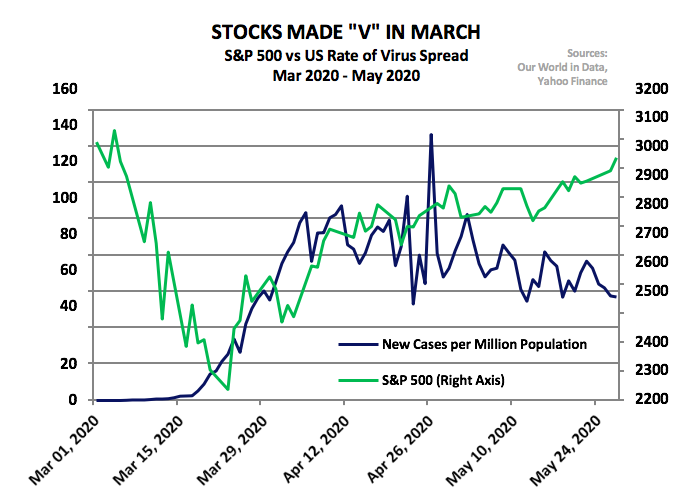
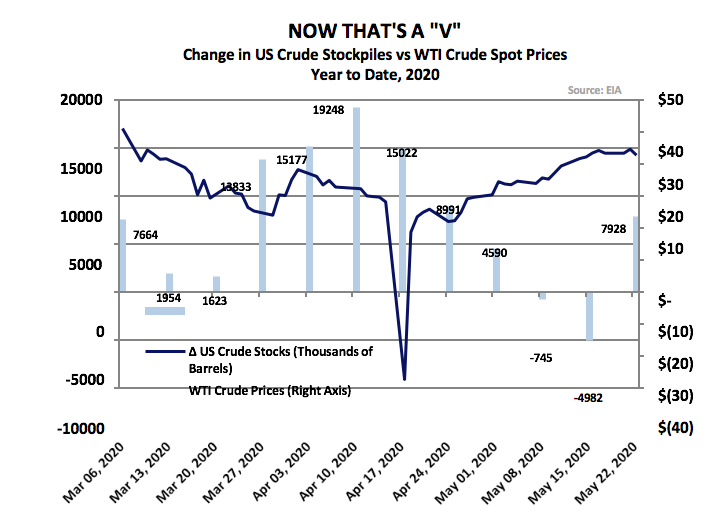
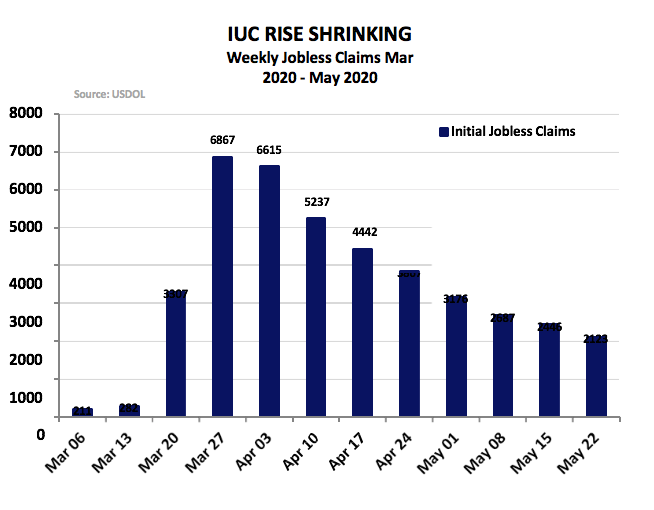
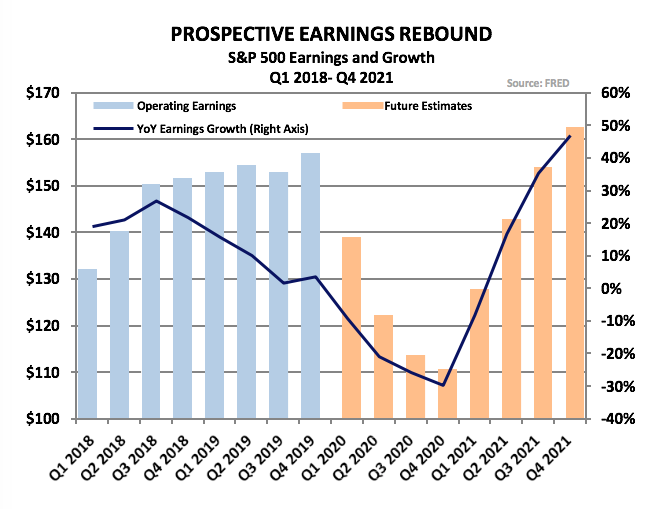





 Article by
Article by 